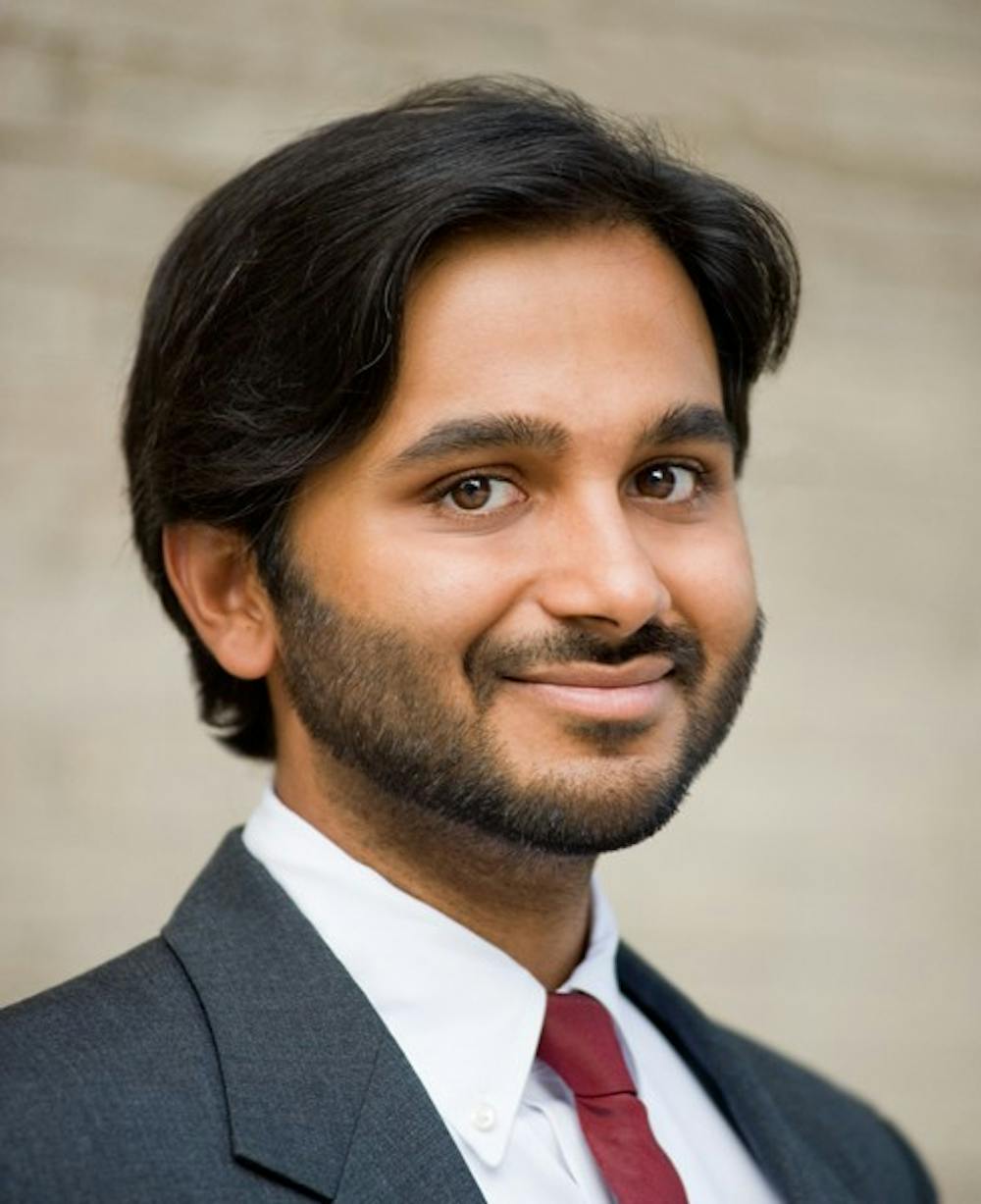How can you use civil engineering to solve societal issues?
With his background, Sauleh Siddiqui, an assistant professor in the Department of Civil Engineering at Hopkins, could have joined the Mathematics, Economics or Public Policy departments. But none of these fields satisfied all three of his interests: math, society and problem-solving.
There was not enough math in the Public Policy department. The Economics department analyzes current situations rather than solving problems. The Mathematics department does not focus on understanding society.
Civil engineering was the perfect union.
Siddiqui likes to call civil engineering, “civilization engineering.” After all, according to Siddiqui, you cannot think about a building without considering where it is going to be put.
A discipline that has traditionally focused on structures, bridges and transportation, civil engineering has expanded to involve solving large-scale problems in the context of society.
Siddiqui’s lab exemplifies the change. Siddiqui established the Mathematical Optimization for Decisions Lab (MODL) in 2012. Unlike other labs at Hopkins, the MODL lab occupies a virtual space.
Lab members share code and information related to their projects, and on occasion, conferences and small group meetings are organized so that researchers meet in a physical space.
But modern problems do not have defined boundaries and cannot be siloed into a single department. So while establishing a community is important, the community might not fit into a traditional space.
Fundamental to the virtual space is inclusivity of all departments. Civil engineers and non-civil engineers, economists, physicists, public health scientists and social scientists can all belong.
The nature of the research in the MODL lab necessitates this cross-disciplinary collaboration. The researchers work on projects spanning the energy, health and engineering sectors. The MODL lab seeks to represent what happens in these sectors through mathematical modeling (hence the name of the lab, pronounced ‘model’). Optimization is the mathematical tool of choice.
Siddiqui was quick to note that the end goal of the lab is not to make predictions or seek to simply understand the current state of a situation. They are instead means to make a well-considered decision.
His research topics come to him in two ways. The community may approach him with a problem, or he may look to the community for problems. Sometimes it can happen both ways for the same issue.
After talking to employees in the Department of Energy, he began his project to represent the transportation of crude oil by trains versus pipelines. Later, a non-profit solicited his help to block legislation against the creation of crude oil train lines in Baltimore.
After obtaining his results, he testified in court, spoke at events and wrote letters and op-eds in newspapers.
When the Maryland Avenue Cycle Track was in its early stages of the approval process, Siddiqui testified in court and cited his findings showing that biking corridors were important.
To keep a finger on the pulse of the community, Siddiqui believes that interaction with the population that MODL is helping is key.
When his team researched the North American natural gas model and the impact of cross-border trade with Mexico, they worked closely with the Mexican company Centro Nacional de Control del Gas Natural (Cenagas) and traveled to Mexico frequently.
Currently, his main project, funded by the National Science Foundation (NSF), seeks to understand the interactions among food, energy and water systems in response to shocks like natural disasters and climate change. It is measuring resilience of the community by looking at the type of infrastructure which responds and the depth of response.
The researchers are considering this problem from the perspective of Ethiopia, Mali and the United States.
The team will construct a systems-based modeling framework that represents the local and national systems that respond. They will also use a Multi-Scale Energy and Food Systems (MEFS) modeling framework to capture bottom-up and top-down interventions such as household solar energy consumption and national energy subsidies.
The lab is also leading an infrastructure group to figure out how energy infrastructure can be integrated across America. A parallel project, funded by the National Institutes of Health, attempts to strengthen connections between physicians with patients through data and social design methods.
The three projects may seem too dissimilar to be housed in one lab but not to Siddiqui.
When he founded the lab, he focused on the method, mathematical optimization. The approach to solving his research questions is uniform. Researchers begin from the bottom; they understand the full breadth of the problem from the community’s perspective. Then they develop models which meet the peculiarities of the situation. The team’s involvement continues even after the models are implemented but to a lesser extent.
While Siddiqui’s specialty is modeling energy, health and computational sectors, students interested in joining his lab can pursue any large-scale topic.
In the past, students in Siddiqui’s Lab have completed projects researching baseball statistics, marijuana legalization markets and bicycling in Baltimore. The only stipulation is that it must be related to math. If the project also solves a problem and has applications in society, well, that’s when the project truly belongs in the MODL lab.





